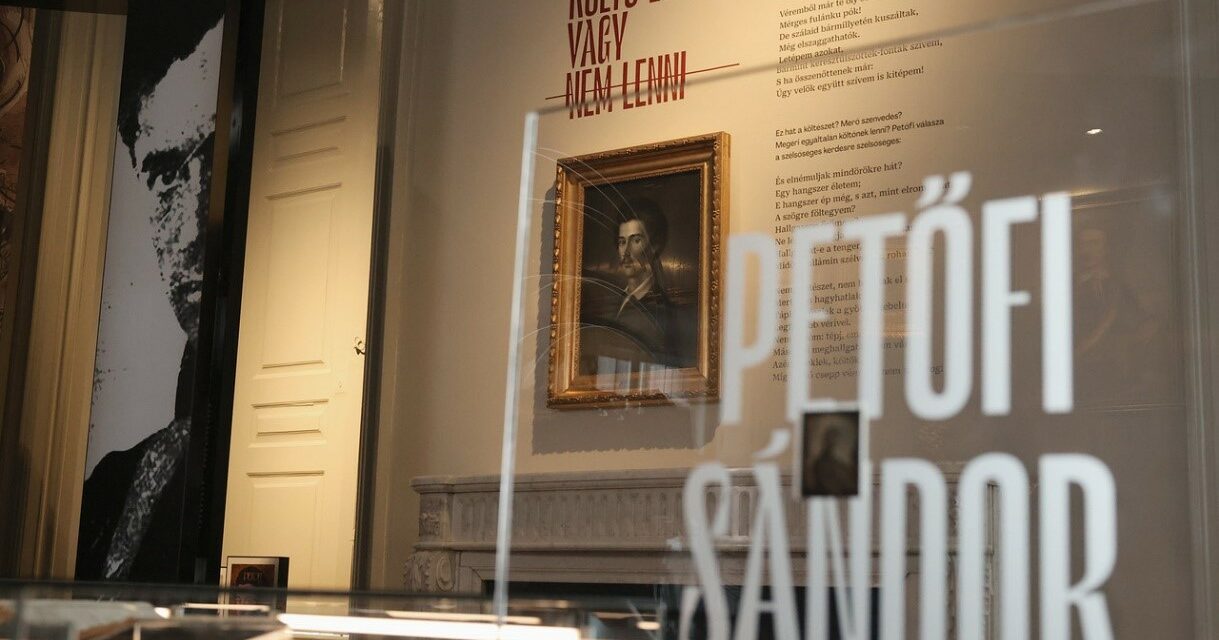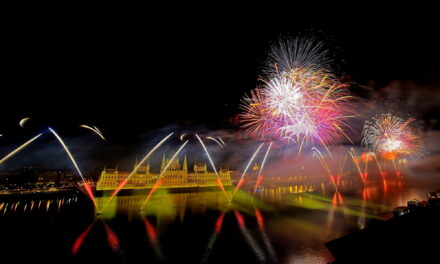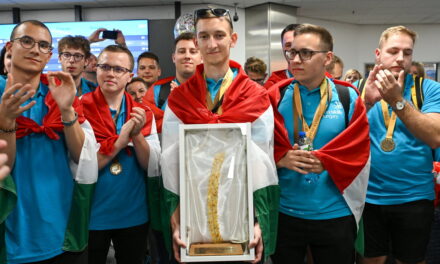The Petőfi Literary Museum (PIM)'s new, permanent Petőfi exhibition entitled "To be a poet or not to be" can be seen from Saturday, which presents the figure of Sándor Petőfi by evoking the main problems of his life.
In the last year, the reconstruction of the Károlyi Palace, home to the PIM, and the construction of the new Petőfi exhibition took place at the same time. The museum spent about HUF 2 billion on the renovation (of which HUF 1.8 billion was state funding) and HUF 150 million on the exhibition, said Szilárd Demeter, director general of the PIM, at the exhibition's press launch on Friday.
Chief museologist Zsuzsa Kalla emphasized that she and her co-curators, literary historian Gábor Vaderna and art historian Adrienn Prágai, did not attempt to destroy Petőfi's cult, but to rebuild it. The exhibition therefore presents the latest results of Petőfi research as well as the fine art of the poet's time, as well as Petőfi's influence and afterlife.
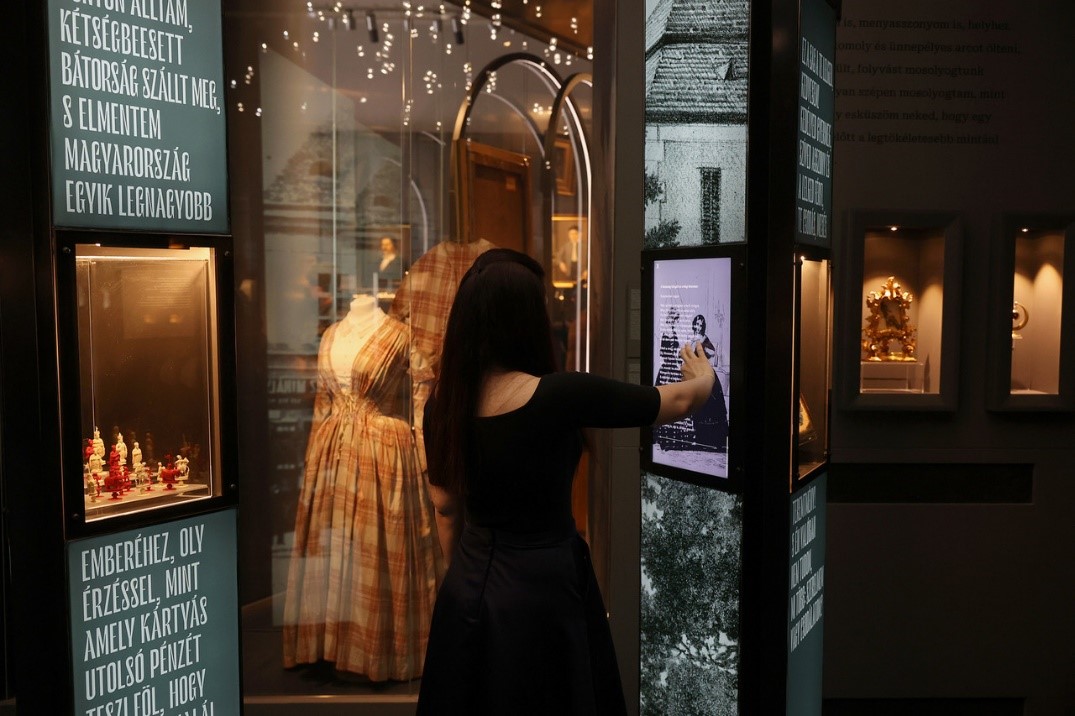
For the first time, original Petőfi manuscripts are on permanent display, and due to their fragility, they will be replaced every three months, he said.
Zsuzsa Kalla emphasized that the audience can get closer to Sándor Petőfi with the help of numerous multimedia elements and data visualization.
Gábor Vaderna reminded that almost every Hungarian knows the 20-25 poems of the museum's namesake, but his oeuvre is much richer than that, which is why both the well-known and the unknown Petőfi are present in the exhibition.
As he emphasized, in the 1840s Petőfi "exploded" into the public consciousness almost at once. No Hungarian poet has developed such a cult following so quickly, either before or since; this was also confirmed by Petőfi's early martyrdom, he noted.
According to Gábor Vaderna, the introductory space evokes the twists and turns of the biography, listing emblematic portraits and objects of the poet, and the next five rooms explore the forcedly interrupted, yet rich oeuvre along six thematic nodes.
The room called Kötelék maps the poet's social relationships and social network, the Róna room examines Petőfi and his experience of romanticism, and the Home section presents Petőfi and his genre poetry in a market town and then a big city environment, in a family circle.
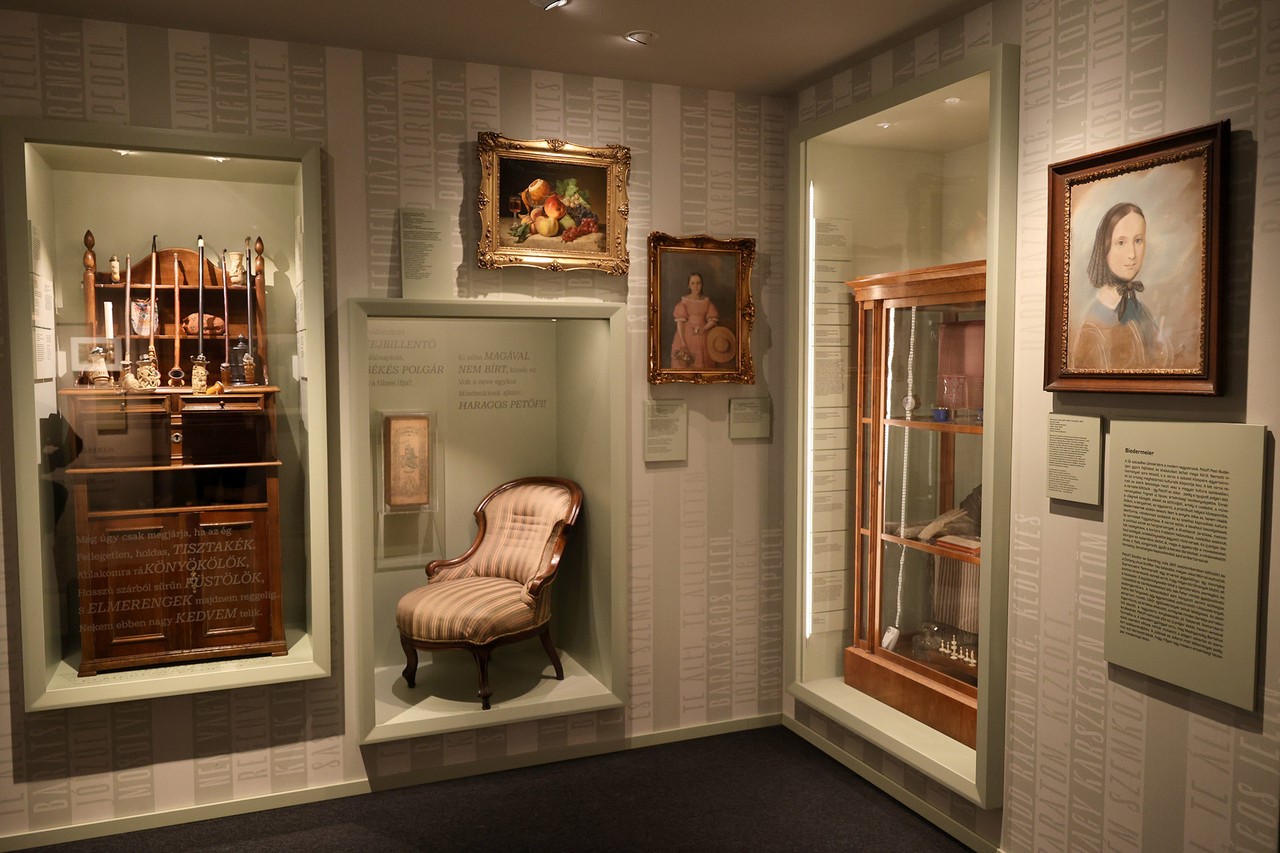
The Horrors section looks for traces of the chills, demons, and cult of death characteristic of romanticism in his oeuvre, Áldozat terem follows Petőfi's public and political activities up to the point of self-sacrifice, and finally, the unit Force flashes Petőfi's figure in the moments of revolutionary action.
At the end of the permanent exhibition, there was also a temporary exhibition that recalls PIM's previous exhibitions in Petőfi, said Gábor Vaderna.
Adrienn of Prague drew attention to the fact that it was during Petőfi's time that a new, broader public of culture emerged, together with a new artistic image. The new permanent exhibition of the PIM also examines this process in addition to literature, with a view to the fine and industrial arts of the time, said the art historian.
Source: Magyar Hírlap
Photo: MH/Tamás Purger

